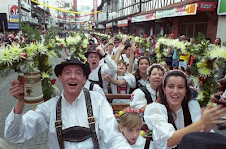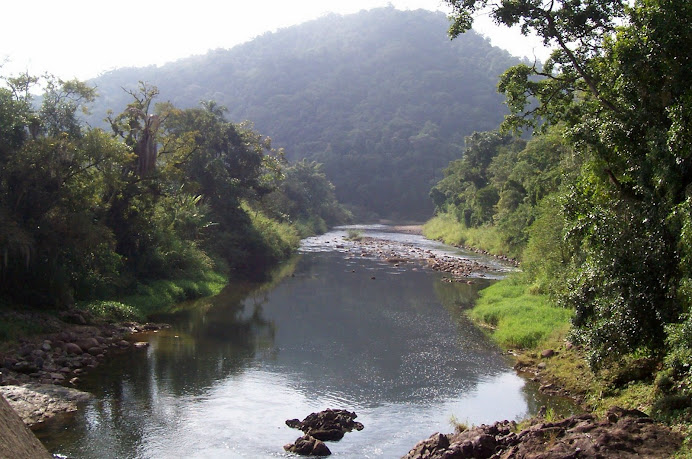
For Brasilians, lunch (almoço) is the most important meal of the day. Most businesses close for two hours beginning sometime between the hours of 11 a.m. and 2 p.m. to accommodate their workers. Lunch involves not only eating, but in most cases, a short nap or siesta after eating, especially for the harder working laborors.
Most Brasilians have favorite restaurants close to their work where they go every day for a substantial buffet consisting of numerous salads, vegetables, starches, one or two pasta dishes, and meats. For example, a normal buffet will most always have cold beets, green beans, onions, carrots, broccoli, watercress, and endive or escarole, and other seasonable vegetables.
Meats would include chicken either grilled or baked, some type of beef or pork dish, and some type of fish. Sides would include french fries (always!), rice (always!) potato salad (always!) and possibly fried or cooked yucca root. Small restaurants will include a dessert such as pudding or jello in the price of the buffet. Larger restaurants will have a sampling of desserts including tortes, puddings and a special dessert made with tapioca and wine called sagu de vinho, which is very popular.
The price for lunch in most establishments is either a flat rate or by the kilo. Either way, it is a very reasonable (cheap) price normally(anywhere from $3 to $6 in American money) for more food than you can eat. Don’t expect to be served iced tea though. I can’t tell you about the big cities of Brasil, but in the smaller towns where I lived, iced tea is non-existent.
One great thing about Brasil, wherever you go for lunch (or dinner), you will be treated to something free either before or after your meal. It is usually an aperitif such as flavored cachaça (sugar cane alcohol), or some other liquor. After the meal, you may take a small coffee espresso or you will receive a candy.
There are the usual lanchonetes for a quick hamburger and fries and a sucos naturais (natural juice) or Coke. Lots of Coca-cola is consumed in Brasil, and beer, of course. If you order a hamburger (x-salada--pronounced shees sa-lah-dah), beware, it is not going to look very much like what you are used to getting in the US. It comes in a wrapper and it consists of a patty of beef, a slice of cheese, a slice of ham, some lettuce, tomato and onion – are we good so far? Well, this is where the salada comes in—they pile on a bunch of canned vegetables, like corn, peas and carrots. Then Brasilians slather it with mayonnaise and ketchup from little packs they cut open either with tiny scissors or their teeth, whichever is handiest. Every bite of the burger has a dollop of ketchup and/or mayonnaise on it. You won’t usually find containers of ketchup on the tables, just little packets of mustard, ketchup and mayonnaise.
After thinking about it, there are a lot more differences between the way Americans and Brasilians take their meals, so I may devote one column to just that subject. We’ll see,
Till then, Tchau (pronounced Ciao)!










